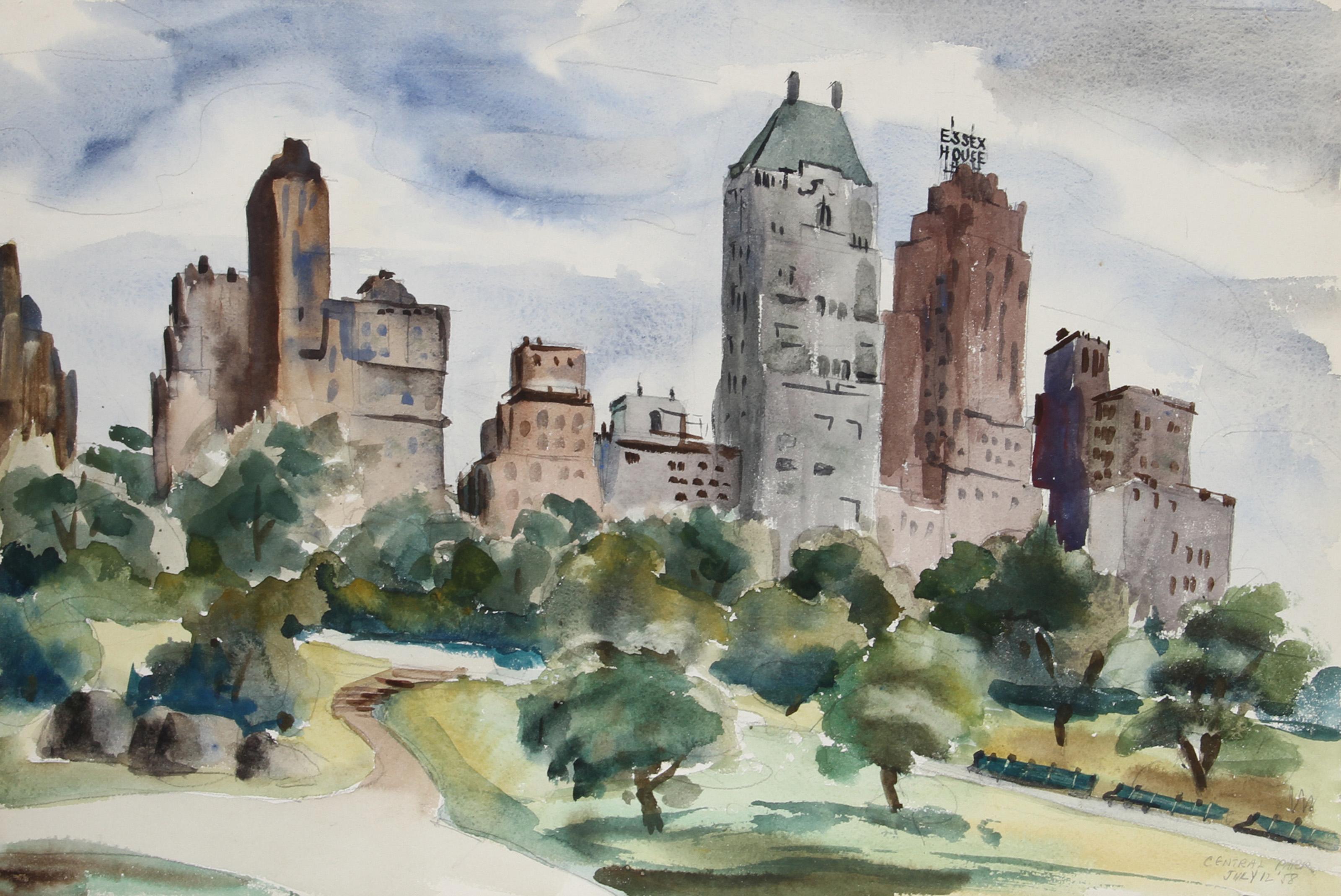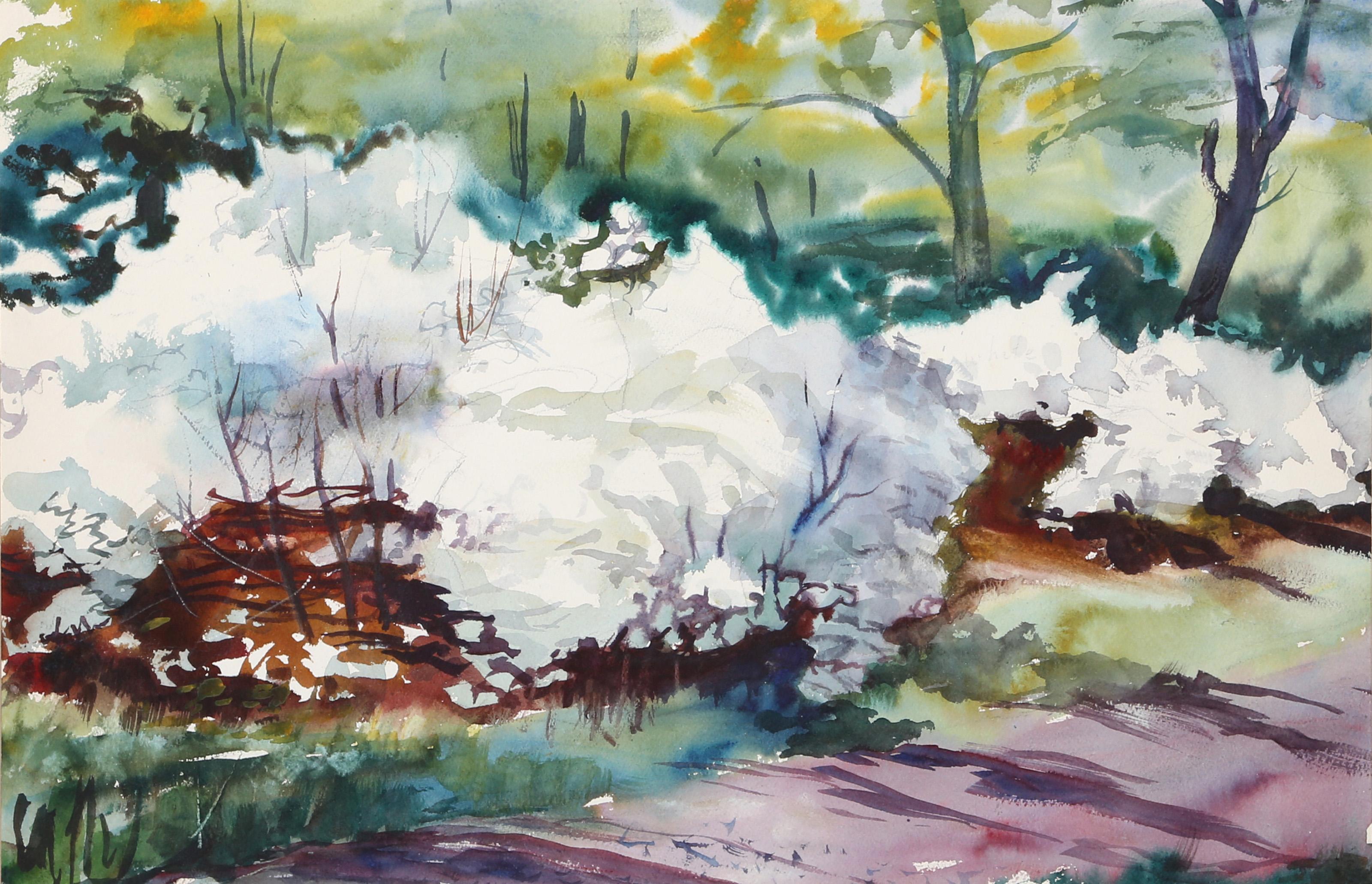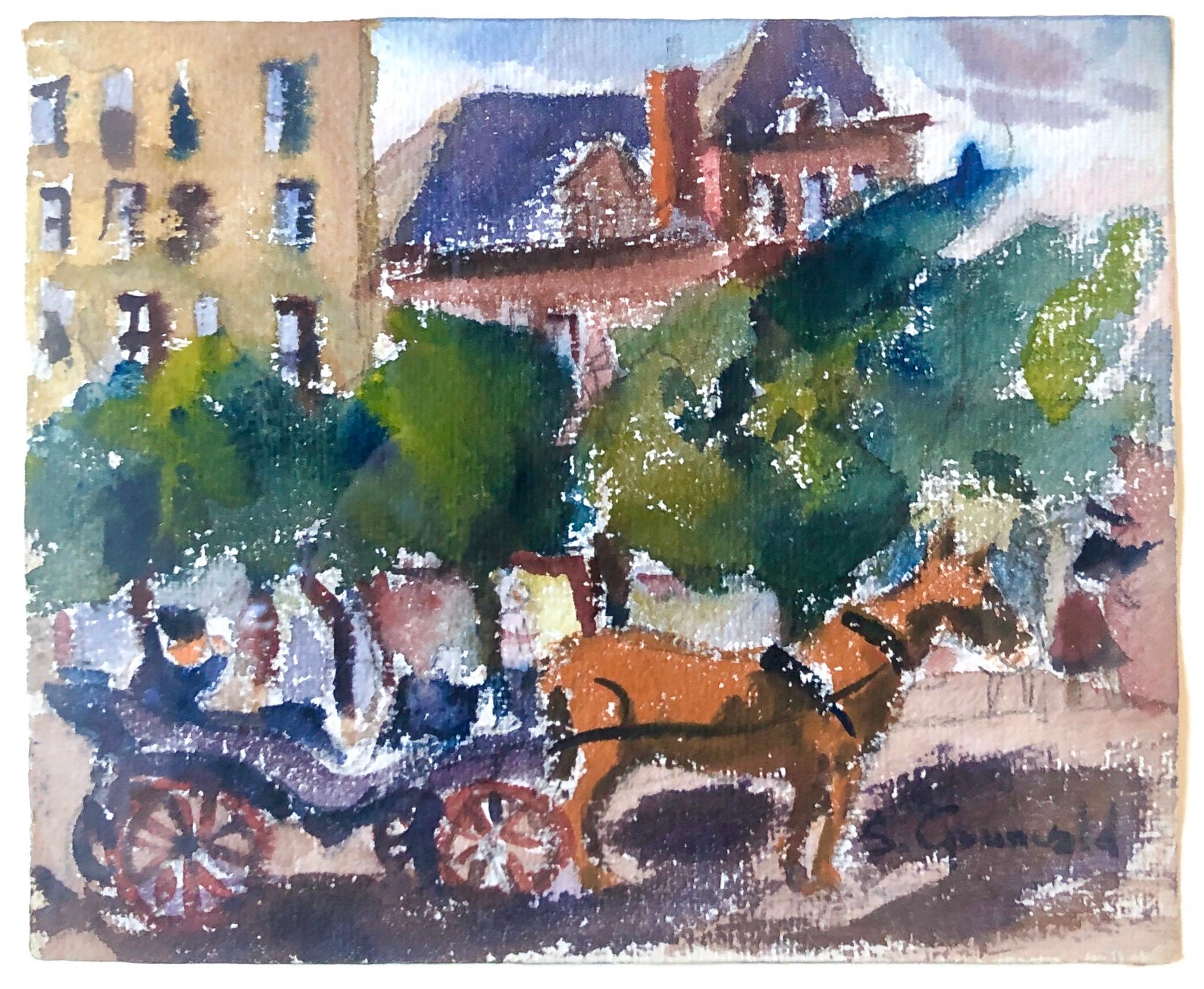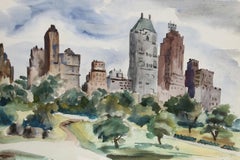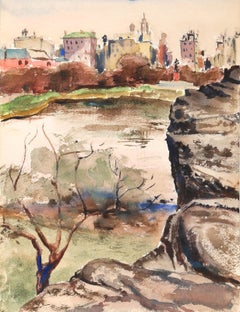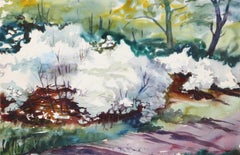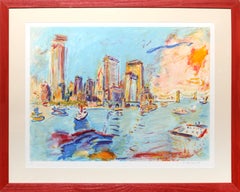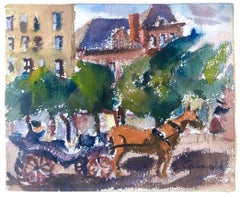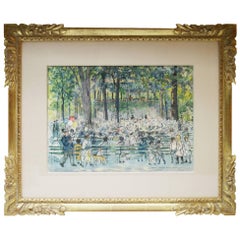Items Similar to Central Park, Impressionist Watercolor on Paper by Wayne Ensrud
Want more images or videos?
Request additional images or videos from the seller
1 of 6
Wayne EnsrudCentral Park, Impressionist Watercolor on Paper by Wayne Ensrudcirca 1975
circa 1975
$4,000
£3,020.64
€3,458.35
CA$5,649.05
A$6,167.41
CHF 3,233.32
MX$74,905.52
NOK 40,378.88
SEK 38,128.43
DKK 25,812.94
About the Item
Wayne Ensrud, American (1934 - ) - Central Park, Year: circa 1975, Medium: Watercolor on Paper, Signed in Pencil, Size: 22 in. x 28 in. (55.88 cm x 71.12 cm), Frame Size: 32.5 x 39 inches
- Creator:
- Creation Year:circa 1975
- Dimensions:Height: 32.5 in (82.55 cm)Width: 39 in (99.06 cm)
- Medium:
- Movement & Style:
- Period:
- Condition:
- Gallery Location:Long Island City, NY
- Reference Number:Seller: RO260071stDibs: LU46616333112
About the Seller
4.9
Platinum Seller
Premium sellers with a 4.7+ rating and 24-hour response times
Established in 1979
1stDibs seller since 2014
3,114 sales on 1stDibs
Typical response time: 1 hour
- ShippingRetrieving quote...Shipping from: Long Island City, NY
- Return Policy
Authenticity Guarantee
In the unlikely event there’s an issue with an item’s authenticity, contact us within 1 year for a full refund. DetailsMoney-Back Guarantee
If your item is not as described, is damaged in transit, or does not arrive, contact us within 7 days for a full refund. Details24-Hour Cancellation
You have a 24-hour grace period in which to reconsider your purchase, with no questions asked.Vetted Professional Sellers
Our world-class sellers must adhere to strict standards for service and quality, maintaining the integrity of our listings.Price-Match Guarantee
If you find that a seller listed the same item for a lower price elsewhere, we’ll match it.Trusted Global Delivery
Our best-in-class carrier network provides specialized shipping options worldwide, including custom delivery.More From This Seller
View AllCentral Park and Ballerina, Impressionist Watercolor by Eve Nethercott
By Eve Nethercott
Located in Long Island City, NY
Eve Nethercott, American (1925 - 2015) - Central Park and Ballerina (71), Year: 1958, Medium: Two Side Watercolor on Paper, Size: 15 in. x 22 in. (38.1 cm x 55.88 cm), Descripti...
Category
1950s Impressionist Landscape Drawings and Watercolors
Materials
Watercolor
Bronx Park, Impressionist Watercolor by Eve Nethercott
By Eve Nethercott
Located in Long Island City, NY
Eve Nethercott, American (1925 - 2015) - Bronx Park (P5.1), Year: circa 1950, Medium: Watercolor on Paper, Size: 11.5 x 9 in. (29.21 x 22.86 cm), Description: Eve Nethercott'...
Category
1950s Impressionist Landscape Drawings and Watercolors
Materials
Watercolor
Bronx Park, Impressionist Watercolor by Eve Nethercott
By Eve Nethercott
Located in Long Island City, NY
Eve Nethercott, American (1925 - 2015) - Bronx Park (P4.28), Year: 1959, Medium: Watercolor on Paper, Size: 13.5 x 21 in. (34.29 x 53.34 cm), Description: A unique watercolor...
Category
1950s Impressionist Landscape Drawings and Watercolors
Materials
Watercolor
Manhattan View from Governor's Island, Impressionist Lithograph by Wayne Ensrud
By Wayne Ensrud
Located in Long Island City, NY
Artist: Wayne Ensrud
Title: Manhattan View from Governor's Island I
Year: 1980
Medium: Lithograph, signed and numbered in pencil
Edition: 201/300
Paper Size: 25 in. x 30.5 in. (63....
Category
1980s American Impressionist Landscape Prints
Materials
Lithograph
Central Park in Fall, Framed Photorealist Watercolor Painting
Located in Long Island City, NY
Artist: Unknown
Title: Central Park in Fall
Medium: Watercolor on paper, signed lower right
Image Size: 17.5 x 25 inches
Frame Size: 28 x 35 inches
Watercolor of The Mall in Centra...
Category
1980s American Modern Landscape Drawings and Watercolors
Materials
Watercolor
Allen Pond Park, Impressionist Watercolor by Eve Nethercott
By Eve Nethercott
Located in Long Island City, NY
Eve Nethercott, American (1925 - 2015) - Allen Pond Park (P6.12), Year: 1953, Medium: Watercolor on Paper, Size: 18 x 24 in. (45.72 x 60.96 cm), Description: Eve Nethercott's...
Category
1950s Impressionist Landscape Drawings and Watercolors
Materials
Watercolor
You May Also Like
"Central Park"
By Gershon Benjamin
Located in Lambertville, NJ
Jim’s of Lambertville is proud to offer this artwork by:
Gershon Benjamin (1899-1985)
An American Modernist of portraits, landscapes, still lives, and the urban scene, Gershon Ben...
Category
1960s Modern Landscape Drawings and Watercolors
Materials
Paper, Pastel
Sunday, Central Park
By Harold Altman
Located in San Francisco, CA
Artist: Harold Altman (American, 1924-2003)
Title: Sunday, Central Park
Year: c. 1985
Medium: Color lithograph
Edition: Numbered 56/285 in pencil
Paper: Wove
Image size: 17.5...
Category
Late 20th Century American Impressionist Landscape Prints
Materials
Lithograph
1940's American WPA Modernist New York Watercolor Painting 59th st Central Park
By Samuel Grunvald
Located in Surfside, FL
Horse and Buggy 59th st. Manhattan (fauvist painting of NYC outside central park) 1940's.
image is 6.25 X 7.5 inches. Hand signed lower right
Provenance: Greenwich Gallery (Greenwich...
Category
20th Century Modern Figurative Drawings and Watercolors
Materials
Watercolor
"Concert in Central Park" a Watercolor by Carle Michel Boog
By Carle Michel Boog
Located in valatie, NY
This beautiful watercolor depicts a scene from 1924, of a concert in Central Park. Translucent colors of greens and blues depict the conductor and his band performing in the Central ...
Category
20th Century American Paintings
Materials
Paper
"Central Park N.Y. Looking South East With General Motors Bldg." Oil Painting
Located in New York, NY
A fine and pertinent example of Nathan Hoffman's charming New York City scenes. Here we find a Central Park pathway looking South East and the General Motors Bulging along with some ...
Category
1960s American Impressionist Landscape Paintings
Materials
Glass, Oil, Board
Alfred J. Prust (exh.1924-1937) - 1969 Watercolour, The Park in Summer
Located in Corsham, GB
A charming watercolour scene depicting figures enjoying an city park in summer. Signed and dated to the lower right. Presented in a gilt frame with foliate ornamentation to the corne...
Category
Mid-20th Century Landscape Drawings and Watercolors
Materials
Watercolor
$262 Sale Price
20% Off
